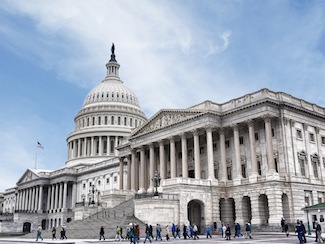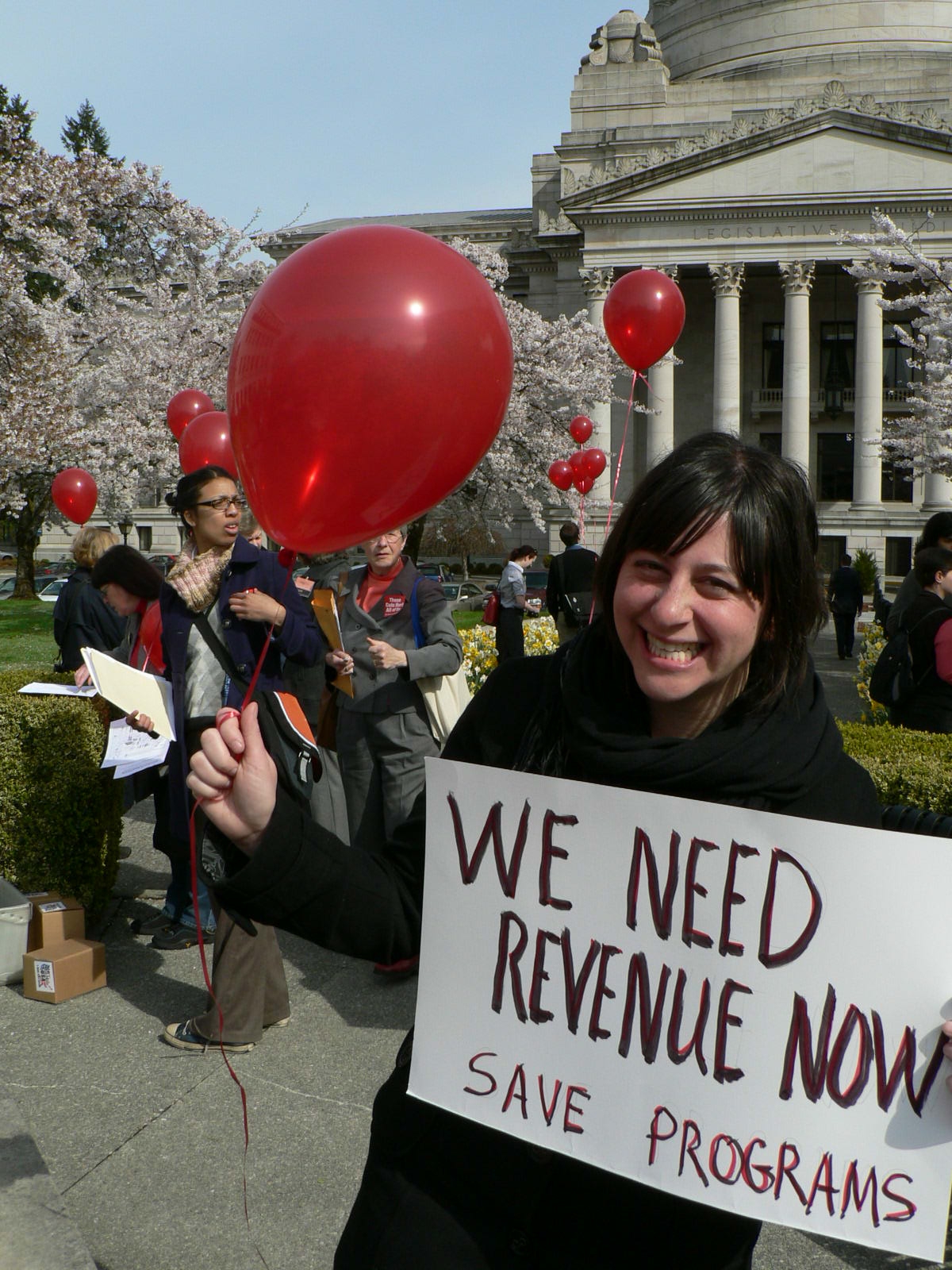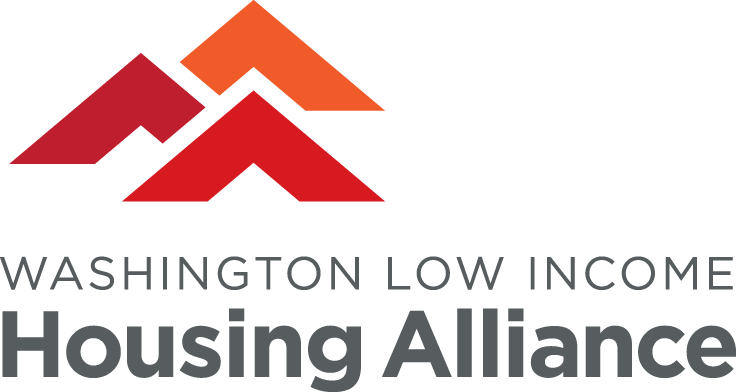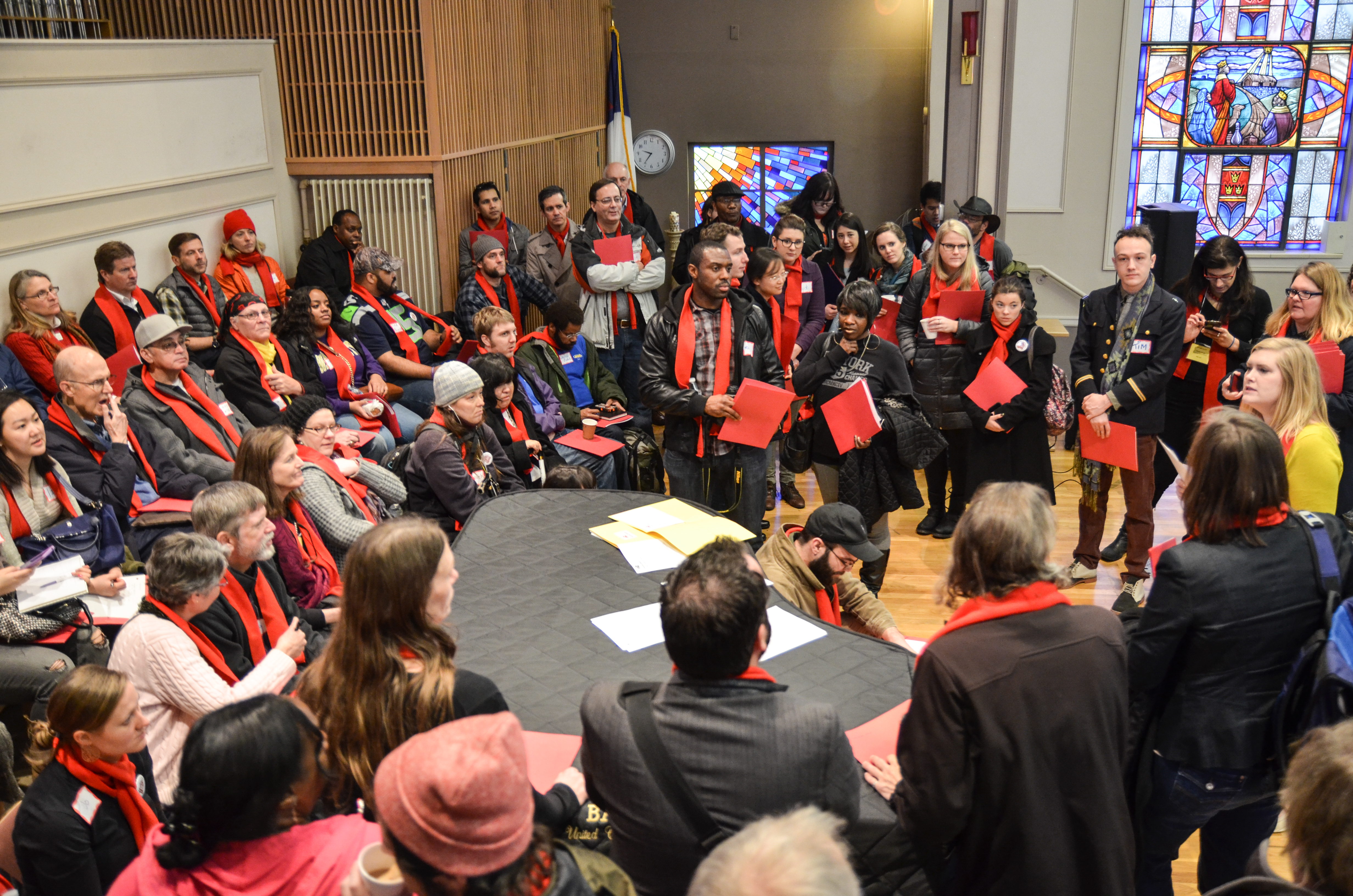Recent Blog Posts
Ben Miksch, State and Federal Policy Associate
|
Now that some time has passed since the fiscal cliff deal, I thought it’d be useful to talk a little bit about some of the more technical provisions of the agreement, which it turns out have pretty big implications for affordable housing. As I mentioned in the last blog post, Congress delayed sequestration for two months. In government budget terms, this was considered a “cost” of $24 billion to the federal government. The Congressional Budget Office estimated that if sequestration had been allowed to go into effect, then the federal government would have spent $24 billion less on programs and services during January and February of this year. Congressional rules require that any new costs in a bill get paid for in the same bill, either through new revenues or spending cuts elsewhere. This means that Congress had to find $24 billion to pay for the cost of the two-month delay of sequestration. So…where did this $24 billion payment come from? Half of it came from a provision relating to making it easier for people to roll over their traditional IRAs into Roth IRAs. This is an important if you’re planning your retirement savings, but it doesn’t play much of a role in funding for affordable housing and ending homelessness. So...what about the other half? The other $12 billion came from further reducing the spending caps on the discretionary budget in Fiscal Year 2013 and FY14. |
|
| As you may recall, the Budget Control Act of 2011 (which created sequestration in the first place), reduced the deficit by $1.2 trillion over 10 years by capping how big future budgets can be. This newly passed bill decreases the spending caps for discretionary budgets by $4 billion in FY13 and by $8 billion in FY14 for a grand total of $12 billion, which means less money available for the federal government to spend. These reductions were split equally between defense and non-defense discretionary spending. | Image

Sadly, not these caps. |
|
The final math: $12 billion in IRA revenue + $4 billion in spending reductions in FY13 + $8 billion in FY14 = our $24 billion to balance the cost of avoiding sequestration. What does that mean for affordable housing and ending homelessness? Funding for HUD, as well as the USDA (which administers a number of rural housing assistance programs) are both non-defense discretionary funding. This means we’ll see the caps on the pool of funding available for our programs decrease by an additional $2 billion for this year and then $4 billion for next year. The older spending caps mandated by the Budget Control Act did leave room for a 2013 budget that was still higher than in 2012. This is key because we need to account for rising costs of programs. Specifically, the FY13 spending cap was about $5 billion higher than the FY12 funding levels. But now with the recently passed fiscal cliff deal, that cap is $2 billion smaller for FY13. |
|
| This may be a significant problem for the housing community, as not increasing the budget will lead to cuts in services. It may sound a little counterintuitive that keeping the funding levels about the same actually reduces services, but it’s important to keep in mind that the costs for providing services increase every year. For example, the cost of providing Section 8 Housing Choice Vouchers has increased since last year due to inflation. If funding for the program isn’t also increased to account for this, then we will have problems serving all of the current vouchers. | Image

The cap manufacturer we really have to worry about. |
|
This discussion is just focused on having enough funding to serve current voucher holders; this isn’t even getting into the deeper issue of how we really need to increase the size of the program since there aren’t enough vouchers for everyone who needs one. Another worrying prospect is what this could mean for public housing authorities. One of the ways that the FY12 budget saved money was to set funding levels for public housing authorities way below the amount they actually needed to continue operating. This was a one-time trick to goose the budget, since many public housing authorities kept rainy day funds for use in an emergency. Budget writers in federal government realized they could underfund the housing authorities and those emergency reserves would make up the difference, leaving services mostly unaffected. This wasn’t a terribly great policy in the first place, but it happened and those emergency funds are pretty much gone now. Those cuts need to be restored because public housing authorities can’t spend their emergency funds twice! We have to increase the FY13 appropriation for the Public Housing Operating Fund to undo this one-time trick, or else public housing authorities will have a lot of difficulty serving their current residents. |
|
| In summary, the FY13 budget was supposed to be $5 billion higher than FY12. Thanks to the budget deal, it will only be $3 billion higher. Any budget increase for a program we care about will be competing for that smaller pool of $3 billion with a lot of other causes and issues that, in many cases, we probably also support. As long as we keep letting budgets get shaped by cuts and caps rather than bringing in enough revenue to pay for the kind of government we want, we’re going to keep finding ourselves in this position. I got an email from a wise man recently who wrote: | Image

See you in two months! |
|
“The simplicity of doing the right thing is directly proportional to the resources available to solve the problem.” I think we should start putting more energy into fighting for the resources we need so that we can stop putting our energy into fighting with ourselves for who gets access to the resources that are there. |
|
|
Editor's Note: Click here to find out more about being an advocate superstar. |
Image

See you in February! |
Photo Credits: Daniel Spiess, Tina Hsu, and Su-Lin


Add new comment